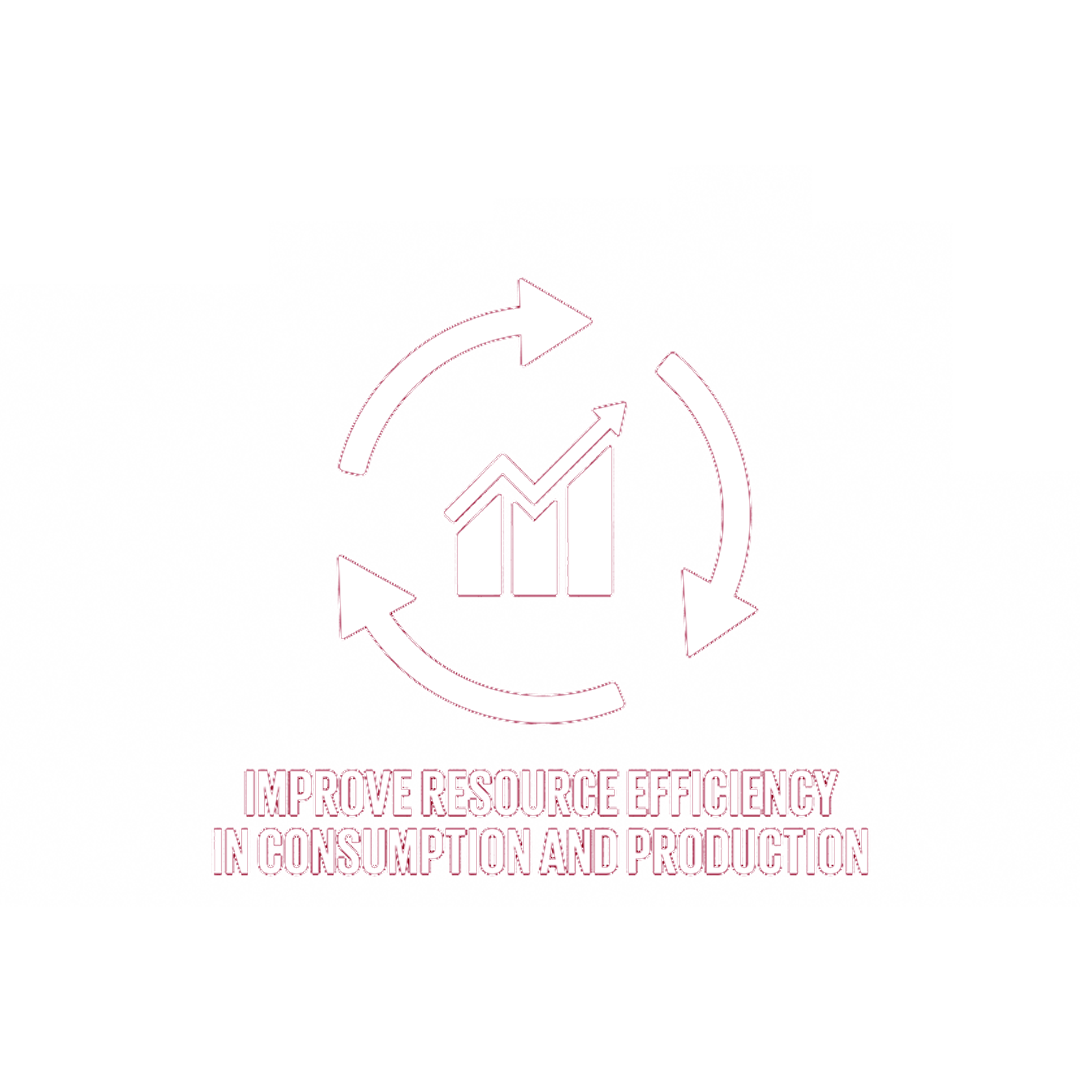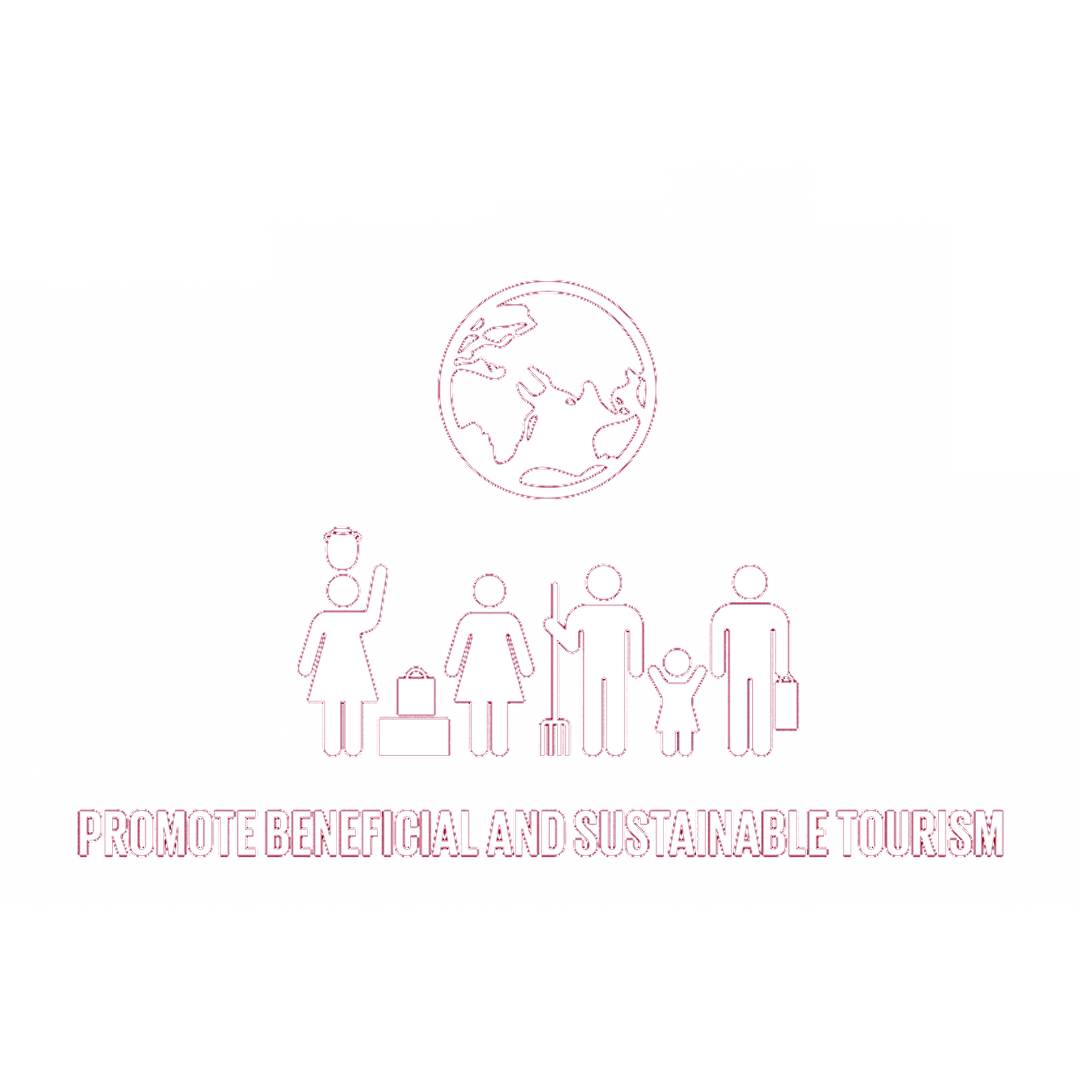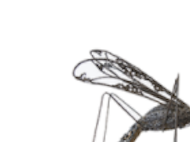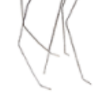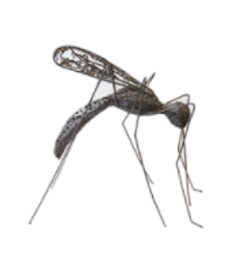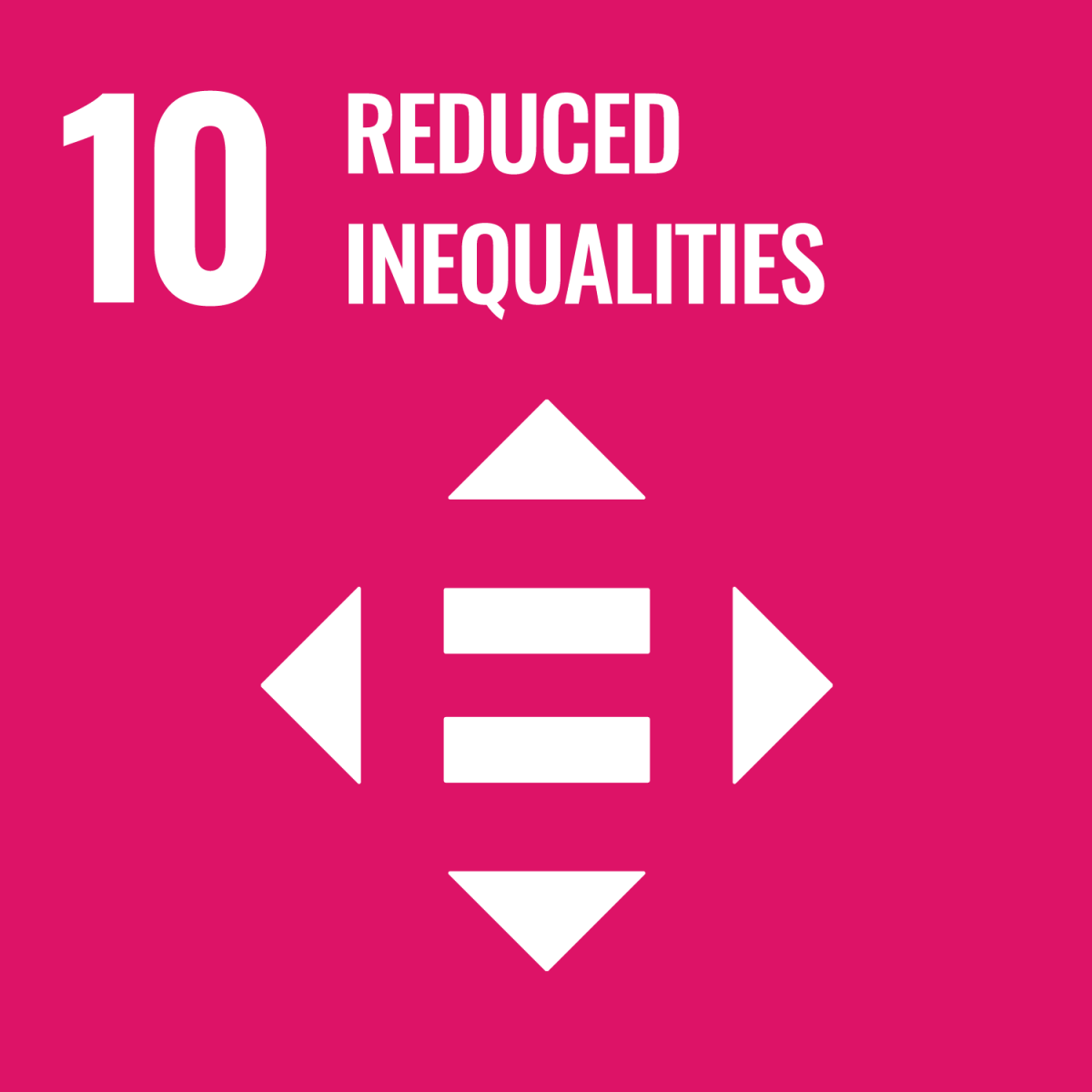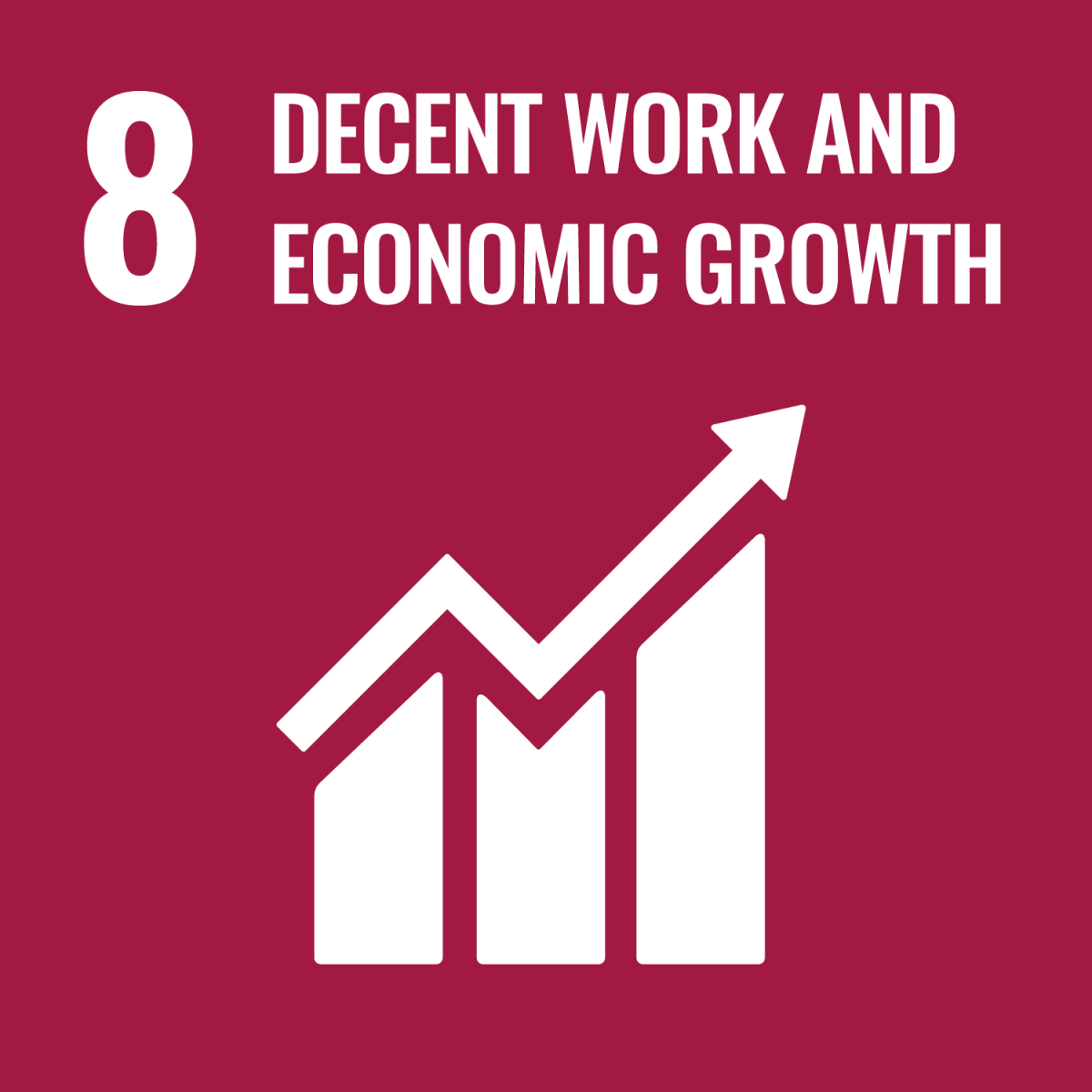
Metal material sculpture
60X50 cm (4 pcs)
OzU-X
Renowned for his numerous metal animal sculptures including dinosaurs and chameleons, which he produces using metal, marble, and mixed media, the artist dimensionally reversesthe images he studies and strips off their conventional meaning, thus making room for new readings. In this work, by using mosquitoes that are much larger than their real form in nature, he offers an opportunity for different readings in reference to the concepts of grandness, smallness, weakness, and power. Mosquitoes are symbolized as bloodsuckers and exploiters, and in this work, their dimensional reversion opens a discussion on the exploiter and exploitation. On the other hand, despite how small a mosquito can be, its effect on the animaland humans, whose blood it sucks prompts one to think that even small elements in the system can have a big impact. That invites the viewer to rethink the power relations within the political-economic system.
#decentworkforall #inclusivegrowth #employmentagainstpoverty #equalpayforequalwork #endchildlabor #protectionofworkersrights
About the Artist:
The sculptor İbrahim Koç uses metal, marble, and mixed media in his works. Renowned for his numerous grand/tiny metal animal sculptures including mosquitoes, dinosaurs, and chameleons, the artist expresses his works and production process as follows: “My sculptures are generally made up of animal figures I create using metal materials. I tend to shape my animal sculptures unlike how they are in nature, that is grand if they are actually small, and tiny if they are actually grand. The reason for this is to forge a relationship that contradicts nature and the situation to which I make a reference.” Believing that art is a force that creates contrast and alters the usual meaning and functioning, Koç argues that thanks to this characteristic, it is instrumental in providing an impetus for the individual and society.
Other Related Sustainable Development Goals




